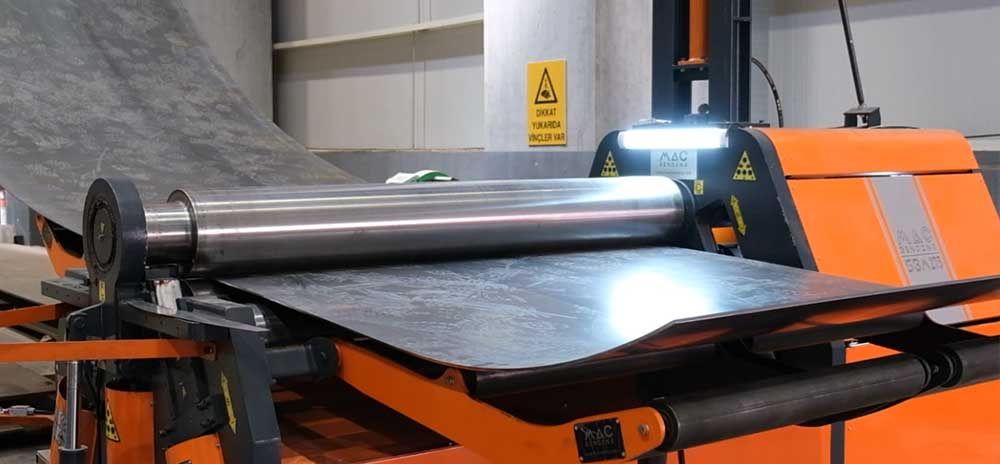Rolling is a process used in the metalworking industry and is often used to change the thickness and dimensions of metal sheets. This process is carried out using a rolling machine and can be applied in different ways. The rolling process is based on the deformation of the metal through plastic deformation. There are two main types, generally hot or cold rolling.
Hot Rolling:
Hot rolling takes place above the temperature of the metal, so it has the advantage that the metal is softer and more formable rather than hard and brittle when at a lower temperature. Metal is usually heated above 1100°C during hot rolling.
Example: Steel sheets can be hot rolled. In this process, the steel plate is passed through the high temperature rolling machine and its thickness is reduced. These thin steel sheets can then be used for the manufacture of various products, for example automotive parts, pipe production or building materials.
Cold Rolling:
Cold rolling takes place when the metal is at room temperature or slightly warmed up. Rolling the metal at room temperature gives it higher durability and surface quality.
Example: Aluminum sheets can be cold rolled. In this process, the aluminum sheet is passed in the cold state in the rolling machine and its dimensions are changed as desired. Cold rolling can be used to manufacture sheets of aluminum such as beverage cans, cans, and metal lids.
Some advantages of the rolling process are:
The dimensions and thickness of the metal can be easily adjusted.
It increases the durability by making improvements in the internal structure of the metal.
Improves surface quality and tolerances.
It saves more material.
As a result, rolling is a widely used process in the metalworking industry and plays an important role in shaping various metals and improving their properties.


 Türkçe
Türkçe Русский
Русский Deutsch
Deutsch Polski
Polski Español
Español العربية
العربية